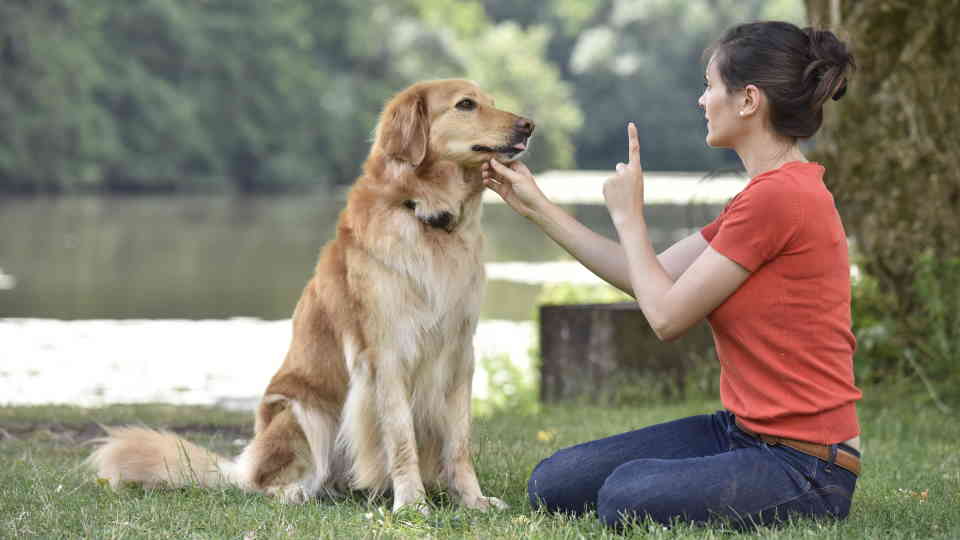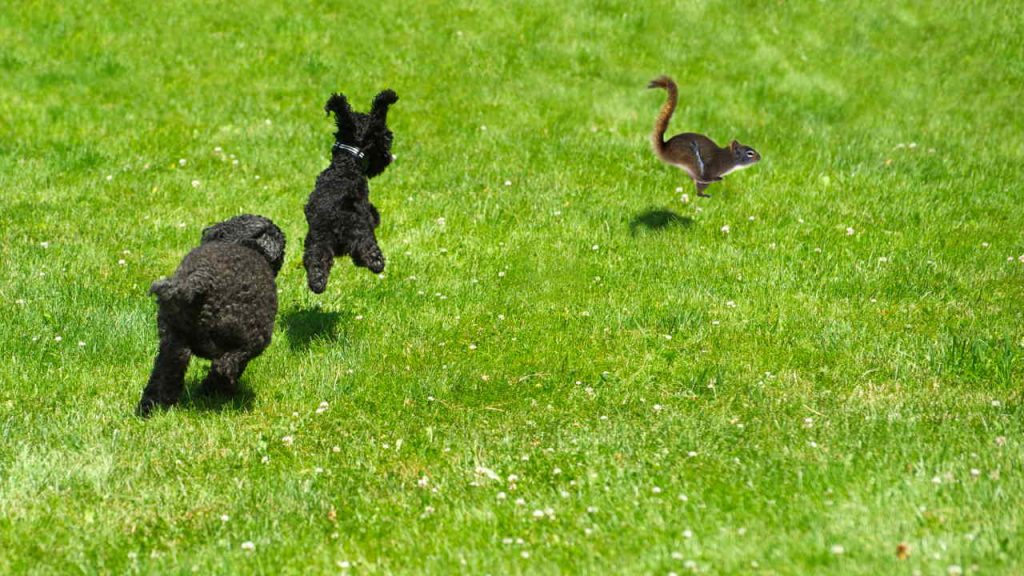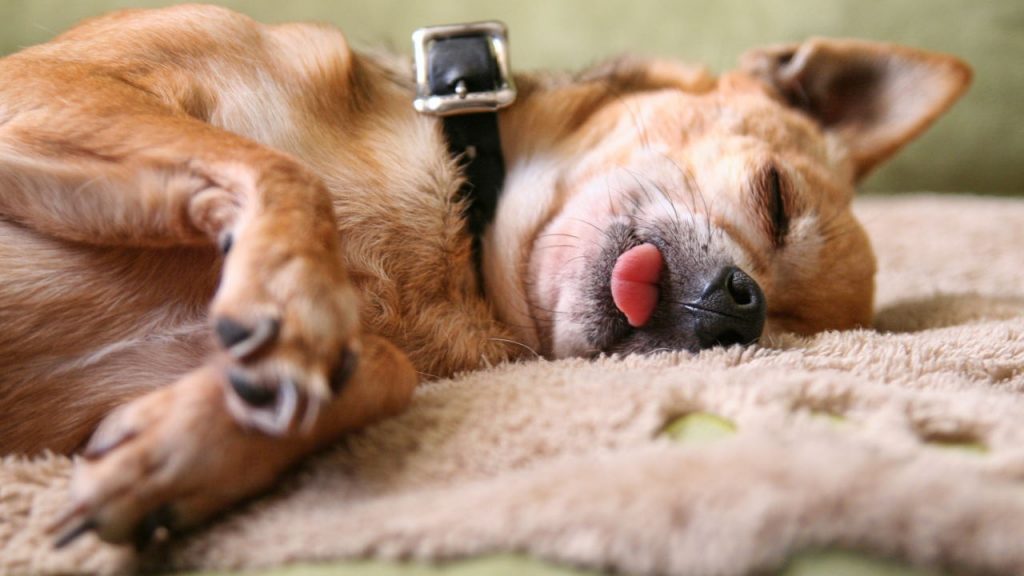Big or small, no matter what breed they are, dogs are our babies. And just like human babies, dogs also need to learn to behave better. So, what’s the best way a baby learns? Experience! But, before getting into positive and negative reinforcement dog training, there is something that needs to be addressed. And that is the need for discipline, no matter your dog’s size.
Some people might think that because their dogs are small-sized and quiet, there is no need for training and discipline. However, this is a big misunderstanding. Even though many people perceive discipline as unnecessary for their dogs and consider it is interfering with their nature, disciplining a dog is favorable for both the dog and its owner.
Think of it like this; your dog might be calm and quiet in general, but they might react unexpectedly when they encounter something they are afraid of. And this might not only make your job of protecting them harder but also might result in very tragic events. This is one of the many examples of what the lack of training can do. So now, let’s dive deeper into the topic.
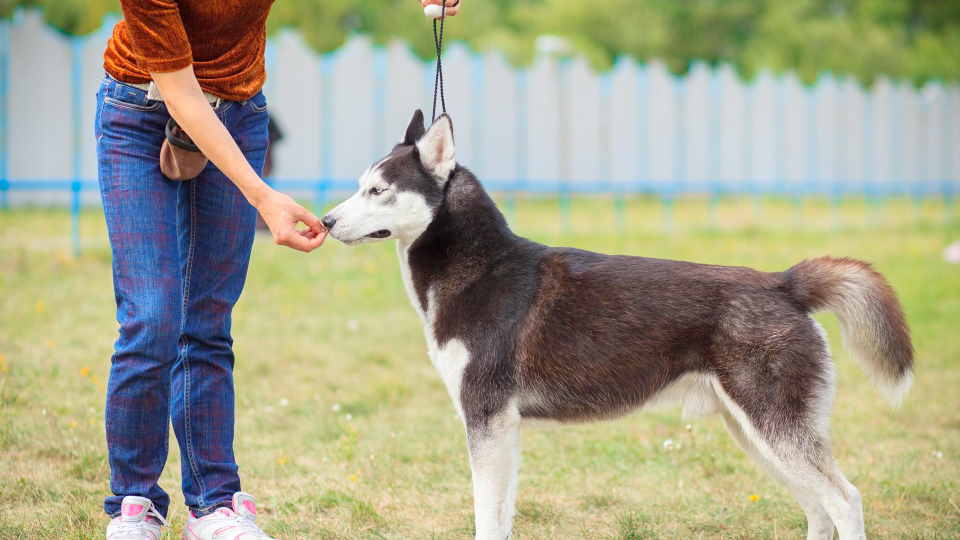
Do Dogs Learn Better with Positive or Negative Reinforcement?
This is maybe the most controversial topic related to dog training. While the old-school method advocates for negative reinforcement, many experts support positive reinforcement. And these two approaches have been debated for a long while now. Though still, there is no definite answer about which one is better. So today, many people argue that both approaches should be used equally for better training.
That said, science says training behaviors using positive reinforcement techniques is just as effective as training behaviors using traditional dominance and punishment-based techniques. Science has also demonstrated that dogs and humans cannot establish social hierarchies, rendering much of the reasoning underlying the conventional approaches invalid. Eventually, the study concluded that positive reinforcement training is better for the human-canine bond than negative reinforcement training.
Scientific terms aside, think of your dog as a baby since we know that an average dog is as intelligent as a 2 years old human baby. So, when trying to teach a baby, which approach do you think would give better results? Positive reinforcement, right? Because it is significantly more effective and efficient than punishment. Not only that, but it also doesn’t harm the bond between you and the baby, or in this case, your dog.
In line with this, personal dog trainers have typically been looking for a broader gray area when properly training a dog. This will involve minor corrections for bad habits like yanking on the leash or taking food from the counters and rewards for positive ones like sitting when instructed. To better learn what techniques are adequate for your dog and your family, you might want to check into dog training classes.
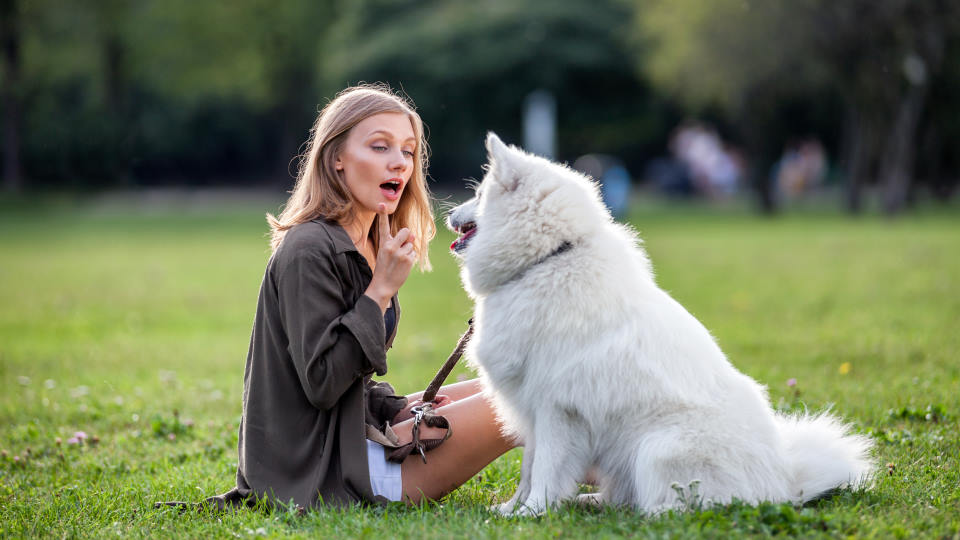
What Is the Difference Between Positive Punishment and Negative Punishment in Dog Training?
Having your dog know what behavior is acceptable and suitable is an essential component of your training program. A sort of discipline is necessary for some habits, even though many aren’t quite desired but are merely tolerated. You should learn how to correct your dog gently if you want to convey to them that certain behaviors are inappropriate.
In line with this, we know that there are positive and negative reinforcement dog training. But, when it comes the punishment, the subject of ‘positive’ might be confusing. And the term ‘correcting’ might cause some people to immediately picture doing something terrible, like striking or slapping their dog. But surprisingly enough, this method of training is referred to as positive punishment, and studies show that it may make dogs more aggressive.
Though no matter what, no sane person would approve of hitting a dog in any circumstance. Negative punishment, however, is an excellent approach to training your dog without using physical force, even though it sounds horrible. So, how can you punish your dog negatively? By depriving them of something they like. This type of punishment requires taking away a toy, a privilege, or some other thing that your dog enjoys greatly.
You must ensure the dog understands that he is being punished for a specific behavior before using negative punishment. And to ensure that, many trainers use a dedicated no-reward marker. Of course, this marker shouldn’t be something you frequently use when interacting with humans. Instead, once you realize that your dog is doing something that shouldn’t be done, use this marker and turn your back to them.
This might sound weird, but, for instance, if your dog refuses to sit when you command him to, turning around deflects not just your focus but also denies the dog the chance to receive a treat. Therefore, especially for dogs with a strong desire for food, this is highly beneficial. This way, you can eventually remove the correction and effectively correct your dog with a verbal signal if you combine the correction with the no-reward marker.
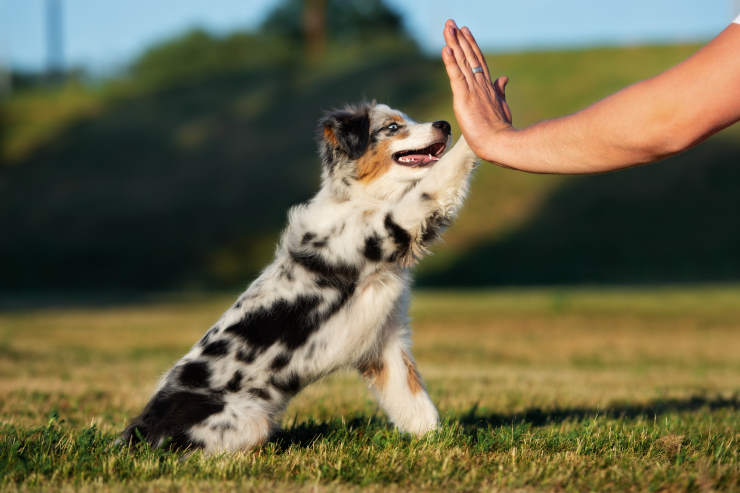
What Is Negative Reinforcement in Dog Training?
So, negative punishment didn’t turn out as bad as you feared. But what about negative reinforcement? Behaviorists define negative reinforcement as a training method that uses unpleasant things for the dog’s aversive behaviors or stimuli. For example, to teach the dog that they only experience painful consequences when misbehaving, the trainer eliminates the aversive stimuli as soon as the dog stops the undesirable activity or complies with their requests.
Aversive stimuli don’t necessarily include hurting or kicking the dog. Even if it is a gentle action, the dog will never appreciate it and may even find it unpleasant. Dogs can be trained to behave well by doing something as basic as pressing their behinds down until they sit, for example, then halting the push to release the aversive stimuli.
Dogs don’t like to be dragged to the ground and held. Hence this training technique is harmful or unpleasant. In one research, four training facilities employed negative reinforcement, while three applied positive reinforcement on 92 canines from seven different training facilities. In this study, the cortisol in the doggos’ saliva was measured, and tension- and anxiety-inducing postures and lip-licking, panting, and yawning behaviors were observed.
As a result, scientists discovered that dogs trained mainly with negative reinforcement demonstrated more stress and tension, had higher cortisol levels and had more pessimistic mentalities toward cognitive bias evaluations than dogs primarily trained with positive reinforcement or a combination of the two.
In another study, it was discovered through several observations, polls, and analyses of earlier research on dog training that negative reinforcement is less efficient than positive reward and can lead to stress-related behaviors like violence in dogs. So, what does this mean for your dog, exactly? Negative reinforcement may not be ideal for every puppy and may make things worse rather than better, despite some trainers’ insistence that it has a role in dog training.
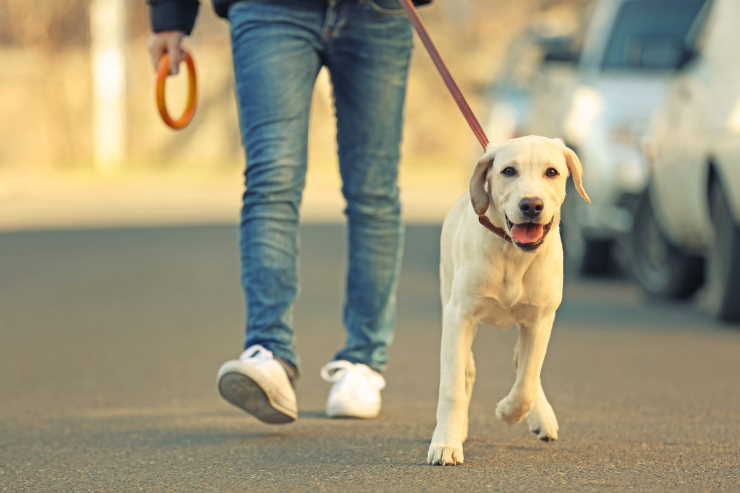
How Do You Discipline a Dog with Positive Reinforcement?
The goal of positive reinforcement training commonly referred to as reward-based or force-free is to promote your dog’s desired behaviors while disregarding undesirable ones. When you educate your dog using positive reinforcement, you give him a prize or praise as soon as he does the desired action, such as dropping objects. Of course, you must have treats that go with the training when performing reward-based training with your dog.
For instance, if you’re training your dog to sit, you might want to start with a more straightforward reward. And move forward to premium food, such as a piece of chicken or a hot dog, when training them to come near you instantly and without hesitation when you’re at the dog park. Of course, the larger the treat incentive, the more complex the trick or task you are practicing.
So now, let’s look at some tips and tricks about disciplining a dog with positive reinforcement. First, you need to be precisely sure what motivates your dog. Because only by giving them what they want can you apply this approach. Also, when commanding a behavior, keep it brief. And note that everyone in the family should speak the exact words because uniformity will speed up learning.
Treat him immediately as soon as your dog exhibits the desired behavior. He must relate the sit command to the reward and compliment. If he sits on his own, say ‘sit,’ give him praise and the treat so he may associate the behavior with the benefits. Plus, training sessions should be entertaining and brief.
It’s time to cease training if your dog becomes bored and you get anxious. Because they will detect the annoyance in your voice. Training sessions are the best time to strengthen your relationship with your dog. You can gradually reduce the number of goodies you give your dog and switch to praise once they regularly complete the desired action.
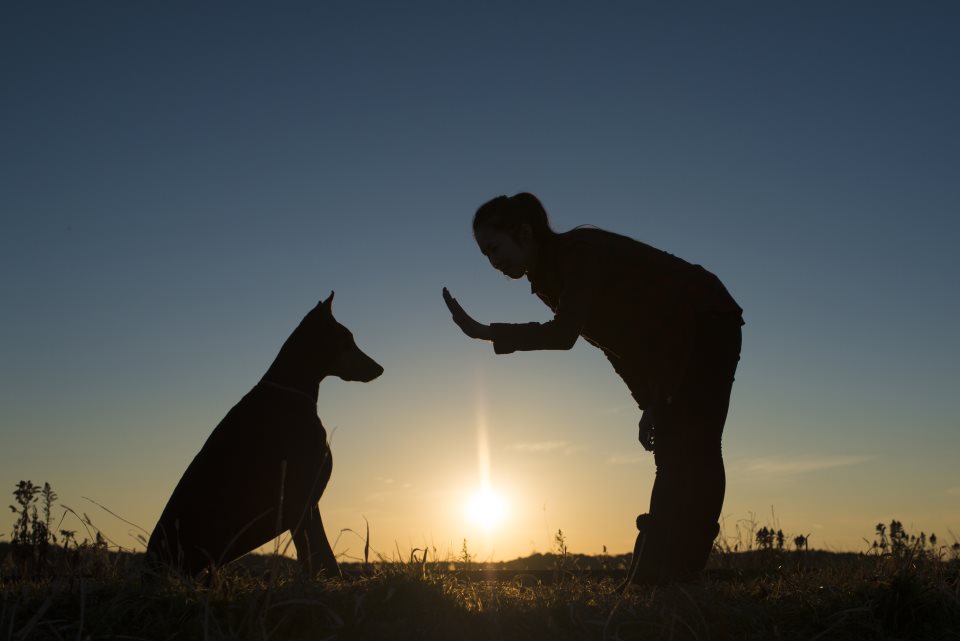
Do Dogs Understand When They Are Punished?
Many pets misbehave in a variety of ways, including by being unruly, harming furniture, or excessively whining and barking. Unfortunately, regular punishment won’t help dogs since; unlike humans, they do not understand the effects of their behavior. So, there will be times when your dog behaves in a way you don’t like, but when a dog exhibits undesired behavior repeatedly, it is vital to take action.
But do they understand that they are being punished for their actions? Yes, if you do it correctly, you can observe the signs showing your dog understands it. When you discipline your dog for misbehaving, you should watch their body language to see if they have grasped what is expected. For instance, they might exhibit a few body language cues: a sheepish expression, drooping ears, tail tucking, and quiet sitting.
Conversely, if you discipline your dog improperly, you’ll probably notice very distinct symptoms, such as bared teeth, growling, hair standing on the edge, and unmistakable evidence of hostility or fear. Keep in mind that the goal of punishment is to teach your dog a lesson, not to frighten or enrage them. And remember, they will only understand the punishment with an immediate reaction.
Conclusion
So, to sum it up, if you want to disciple and train your dog correctly, you need to understand the concepts of positive and negative reinforcement dog training. As you know by now, this is a highly controversial topic. However, the only thing you should never forget is to never, ever harm your dog on purpose. As we discussed, there are many ways to teach your dog what is approved behavior and what is not.
Besides, it shouldn’t be forgotten that our dogs see us as their whole life. So, harmful, aggressive behavior from you might cause them to become aggressive too. This is why you need to be very patient. And if you can’t train your dog by yourself, you should get help from professionals. First, of course, thorough research and finding people with a legit education and references.

